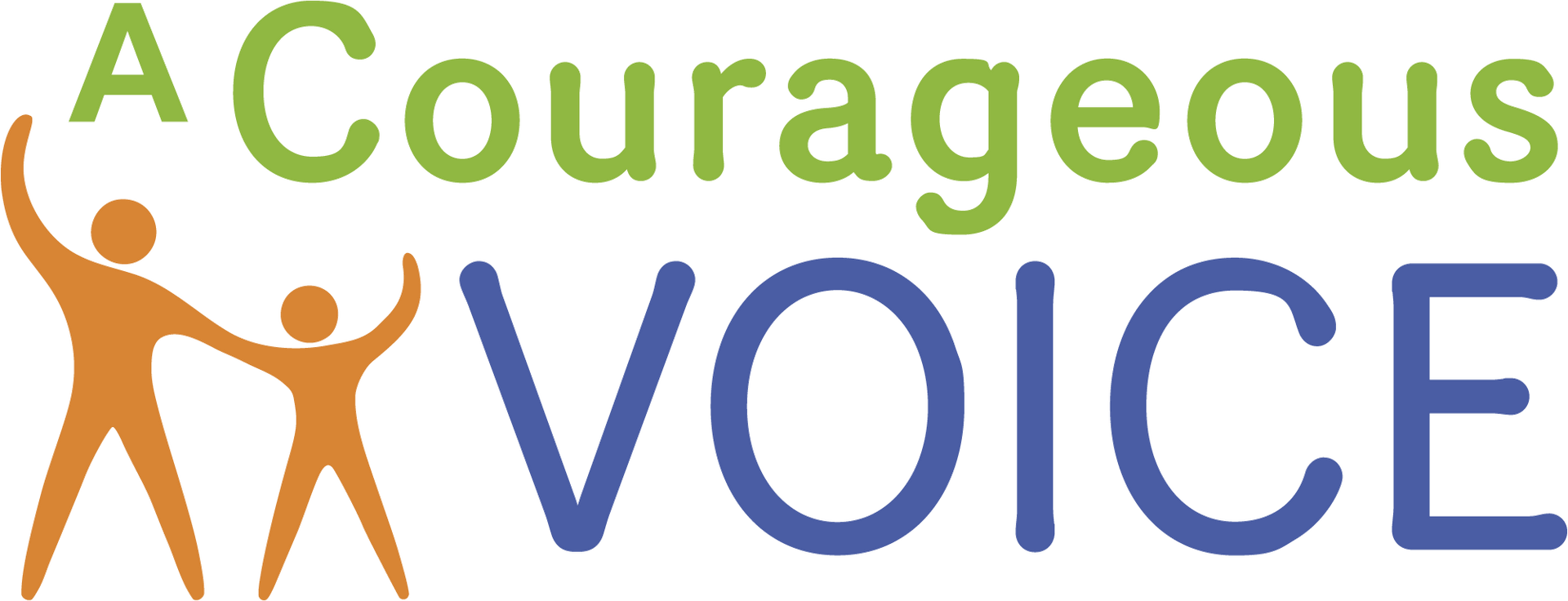What Is Cyberbullying, And How Can We Protect Kids?
Kids are spending a lot of time on their smartphones and social media accounts these days...but what are the consequences? Besides becoming a major life distraction, there are deeper risks that parents need to be aware of - like cyberbullying.
What is cyberbullying? It's when an individual uses electronic devices including cell phones or computers to threaten, harass, or embarrass others through online bullying.
In this post, you'll learn more about what cyberbullying is, and how you can take steps within your local Michigan community to keep kids safe and protect them online.
Key Takeaways
- In cyberbullying, electronic devices are used to harass and threaten kids online. Bullies may send mean messages, spread rumors on social media, or rely on image-based abuse for sextortion in more extreme cases.
- Abusers may threaten to share children's private information without their consent.
- Victims of cyberbullying may suffer deep mental health issues, decrease in school performance, self-harm, or substance use. The Department of Health has reported a rise in cases of digital harassment.
- Parents can educate their kids about online safety by showing them how to set privacy settings, strong passwords, how to document evidence of bullying through screenshots of messages, and how to report online abuse if things escalate.
- Schools need to have clear anti-bullying policies with real consequences for offenders. Staff should be monitoring student interactions online and be trained to catch signs of cyberbullying early on.
- Having an open line of communication between kids and adults is essential for cyberbullying prevention. Parental control apps can help track activity but should respect children's privacy rights as well.
What Is Cyberbullying?
Cyberbullying is a type of harassment that happens through electronic communication. Some examples may involve name-calling, spreading rumors, or sharing embarrassing pictures of others on social media platforms.
Definition and examples of cyberbullying
Through cyberbullying, electronic communication can become aggressive and harmful. Bullies and other offenders abuse text messages, social media sites, chat rooms, and even instant messaging to intimidate and harass others, often vulnerable minors.
Common examples of harassment include sending mean texts, spreading gossip or rumors online, revealing embarrassing pictures or videos of the person to their friends or family members, or sharing their private information; for example, their phone number or email address against their will.
The person bullying other individuals may also set up fake accounts, impersonate the victim, or take other measures to create emotional distress. Cyberbullying usually happens anonymously, which makes it a lot more difficult to stop.
The Cyberbullying Research Center tracks bullying trends and has recognized that more image-based abuse and sextortion, like threatening to share images or private messages, are becoming more common among teens.
According to the Department of Health, this type of bullying can be detrimental to kids' academic performance, their mental health, and even lead to more severe outcomes including self-inflicted harm or substance use.
How Can We Protect Kids from Cyberbullying?
To protect kids from cyberbullying, we must prioritize educating both children and parents about online safety. Kids should be able to recognize signs of bullying behavior, for example, threats on social media sites like Facebook, Instagram and Snapchat, and know what to do next.
You can also discuss privacy settings around their accounts so they know how to keep their personal information safe. Encourage open conversations about what they're doing online, and become familiar with tools that help monitor their internet use without invading their privacy.
By empowering children with information and tools, we can reduce the risks they face online and create a safer experience for everyone.
Education and awareness for children and parents
Education and awareness are essential when protecting kids from cyberbullying. Here's how you can help them handle these difficult situations:
- Teach your kids about types of cyberbullying, including harassment on social media sites, sharing private information, and other forms of online bullying.
- Make sure they are keeping their contact information private to prevent someone from misusing it.
- Talk about the signs of cyberbullying like feeling anxious, avoiding devices, changes in mood, behavior, sleep, or eating habits.
- Encourage open communication between you and your children. Kids should feel safe reporting any online abuse or bullying behavior to you.
- Be aware of what platforms your child is on. Set clear rules for screen time.
- Teach them how to use privacy settings on social media accounts to protect their privacy.
- Show them how to block or report bullies on different platforms.
- Use parental control tools to monitor your child’s internet use.
- Create a written agreement that breaks down what is okay for them to post and share online.
- Stress the importance of having empathy towards others online. Explain how words can hurt just as much online as in real life.
These steps will help create a safer digital environment for kids by promoting responsible internet use.
Tools and strategies for prevention and reporting
Protecting kids from cyberbullying requires a mix of education and awareness. Teach kids not to accept friend requests or random messages from strangers. This practice will help keep them away from potential bullies or cyberstalking.
Educate them on how to block or report someone who is harassing them online. Most social media platforms and online games have this simple feature. You can also teach them how to document any evidence of bullying, for example, screenshots or messages. This proof is essential for young people to report bullying behavior.
The Role of Schools and Technology Companies
Schools and technology companies can protect students online by implementing strong anti-bullying policies, and regularly monitor online behavior for potential threats. These policies should clearly define cyberbullying and outline consequences for offenders. Schools can also create penalties like suspension or dismissal from activities.
Establishing regular training for educators, parents, and kids can also be very beneficial for understanding internet safety. Training programs like A Courageous Voice's Kids Voices Matter Program in Detroit is an evidence-based program that teaches kids and teens how to identify and manage abuse and bullying, online and offline.
These types of essential training programs also educate teachers and staff on identifying signs of bullying online. Having adequate and relevant training prepares educators and school staff to support their students effectively.
Keeping a line of open communication between parents, schools, and kids can also create a more safe and supportive environment. This conversation can encourage more immediate reporting of incidents and can end abuse more quickly.
Creating A Safe Space Online
The impact of cyberbullying still poses serious risks to children today. It can result in emotional distress and long-term mental health problems like anxiety and depression. Parents, schools, and technology companies must work with each other on bullying prevention to create safe online spaces for our kids.
Education also plays a key role when it comes to online harassment. By building awareness through programs like the Kids Voices Matter Program, we can begin to create a healthier online environment. No one wants to see a child become a cyberbullying statistic. Connect with A Courageous Voice today to help protect students in your community from digital harassment and abuse.
FAQs
1. What is cyberbullying, and how does it differ from traditional bullying?
Cyberbullying is digital harassment that involves the use of computers, mobile phones, social media or online forums to target a person online. Unlike physical bullying at school, cyber-bullying happens online and often, anonymously.
2. Which risk factors increase the chance of becoming a victim of cyberbullying?
Risk factors of cyberbullying include kids spending more time on social media, feeling peer pressure, or having a disability. Cyberbullying can impact any child, however.
3. How do schools address cyberharassment among middle school students?
Schools implement anti-bullying policies and can work to improve their overall school climate and training programs in the workplace. Training programs and open communication between educators, staff, and parents are effective in stopping widespread cyberbullying before it gets too far.
4. How can parents help prevent their child from becoming a victim of digital harassment?
Parents should monitor the amount of time their kids are spending online, and talk to them about mean things they've heard from internet trolls. Parents can also educate their children on safe behavior for gaming sites and social media.














